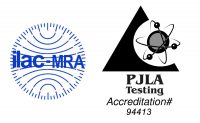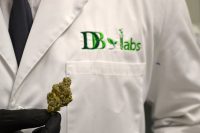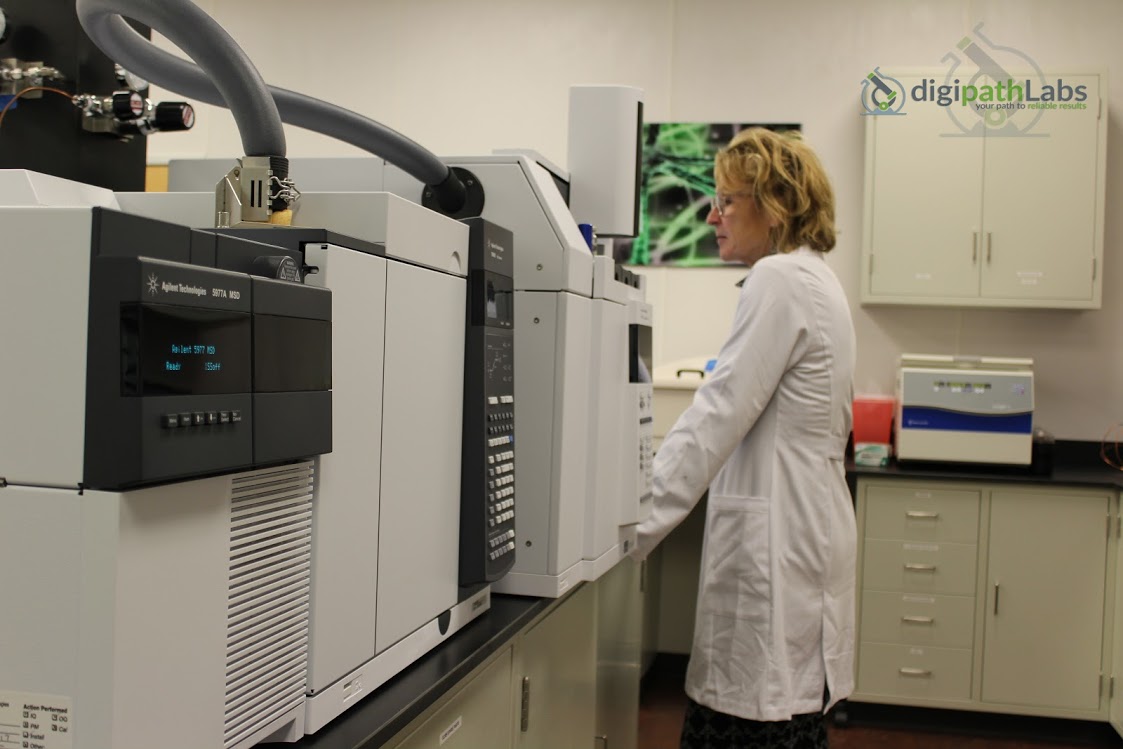Editor’s note: This article should serve as a foundation of knowledge for yeast and mold in cannabis. Beginning in January 2018, we will publish a series of articles focused entirely on yeast and mold, discussing topics such as TYMC testing, preventing yeast and mold in cultivation and treatment methods to reduce yeast and mold.
Cannabis stakeholders, including cultivators, extractors, brokers, distributors and consumers, have been active in the shadows for decades. With the legalization of recreational adult use in several states, and more on the way, safety of the distributed product is one of the main concerns for regulators and the public. Currently, Colorado1, Nevada and Canada2 require total yeast and mold count (TYMC) compliance testing to evaluate whether or not cannabis is safe for human consumption. As the cannabis industry matures, it is likely that TYMC or other stringent testing for yeast and mold will be adopted in the increasingly regulated medical and recreational markets.
The goal of this article is to provide general information on yeast and mold, and to explain why TYMC is an important indicator in determining cannabis safety.
Yeast & Mold

Yeast and mold are members of the fungi family. Fungus, widespread in nature, can be found in the air, water, soil, vegetation and in decaying matter. The types of fungus found in different geographic regions vary based upon humidity, soil and other environmental conditions. In general, fungi can grow in a wide range of pH environments and temperatures, and can survive in harsh conditions that bacteria cannot. They are not able to produce their own food like plants, and survive by breaking down material from their surroundings into nutrients. Mold cannot thrive in an environment with limited oxygen, while yeast is able to grow with or without oxygen. Most molds, if grown for a long enough period, can be detected visually, while yeast growth is usually detected by off-flavor and fermentation.
Due to their versatility, it is rare to find a place or surface that is naturally free of fungi or their spores. Damp conditions, poor air quality and darker areas are inviting environments for yeast and mold growth.
Cannabis plants are grown in both indoor and outdoor conditions. Plants grown outdoors are exposed to wider ranges and larger populations of fungal species compared to indoor plants. However, factors such as improper watering, the type of soil and fertilizer and poor air circulation can all increase the chance of mold growth in indoor environments. Moreover, secondary contamination is a prevalent risk from human handling during harvest and trimming for both indoor and outdoor-grown cannabis. If humidity and temperature levels of drying and curing rooms are not carefully controlled, the final product could also easily develop fungi or their growth by-product.
What is TYMC?
TYMC, or total yeast and mold count, is the number of colony forming units present per gram of product (CFU/g). A colony forming unit is the scientific means of counting and reporting the population of live bacteria or yeast and mold in a product. To determine the count, the cannabis sample is plated on a petri dish which is then incubated at a specific temperature for three to five days. During this time, the yeast and mold present will grow and reproduce. Each colony, which represents an individual or a group of yeast and mold, produces one spot on the petri dish. Each spot is considered one colony forming unit.
Why is TYMC Measured?
TYMC is an indicator of the overall cleanliness of the product’s life cycle: growing environment, processing conditions, material handling and storage facilities. Mold by itself is not considered “bad,” but having a high mold count, as measured by TYMC, is alarming and could be detrimental to both consumers and cultivators.

Photo: Carlos de Paz, Flickr
The vast majority of mold and yeast present in the environment are indeed harmless, and even useful to humans. Some fungi are used commercially in production of fermented food, industrial alcohol, biodegradation of waste material and the production of antibiotics and enzymes, such as penicillin and proteases. However, certain fungi cause food spoilage and the production of mycotoxin, a fungal growth by-product that is toxic to humans and animals. Humans absorb mycotoxins through inhalation, skin contact and ingestion. Unfortunately, mycotoxins are very stable and withstand both freezing and cooking temperatures. One way to reduce mycotoxin levels in a product is to have a low TYMC.

Photo: Iqbal Osman, Flickr
Yeast and mold have been found to be prevalent in cannabis in both current and previous case studies. In a 2017 UC Davis study, 20 marijuana samples obtained from Northern California dispensaries were found to contain several yeast and mold species, including Cryptococcus, Mucor, Aspergillus fumigatus, Aspergillus niger, and Aspergillus flavus.3 The same results were reported in 1983, when marijuana samples collected from 14 cannabis smokers were analyzed. All of the above mold species in the 2017 study were present in 13 out of 14 marijuana samples.4
Aspergillus species niger, flavus, and fumigatus are known for aflatoxin production, a type of dangerous mycotoxin that can be lethal.5 Once a patient smokes and/or ingests cannabis with mold, the toxins and/or spores can thrive inside the lungs and body.6, 7 There are documented fatalities and complications in immunocompromised patients smoking cannabis with mold, including patients with HIV and other autoimmune diseases, as well as the elderly.8, 9, 10, 11
For this reason, regulations exist to limit the allowable TYMC counts for purposes of protecting consumer safety. At the time of writing this article, the acceptable limit for TYMC in cannabis plant material in Colorado, Nevada and Canada is ≤10,000 CFU/g. Washington state requires a mycotoxin test.12 California is looking into testing for specific Aspergillus species as a part of their requirement. As the cannabis industry continues to grow and advance, it is likely that additional states will adopt some form of TYMC testing into their regulatory testing requirements.
References:
- https://www.colorado.gov/pacific/sites/default/files/Complete%20Retail%20Marijuana%20Rules%20as%20of%20April%2014%202017.pdf
- http://laws-lois.justice.gc.ca/eng/acts/f-27/
- https://www.ucdmc.ucdavis.edu/publish/news/newsroom/11791
- Kagen SL, Kurup VP, Sohnle PG, Fink JN. 1983. Marijuana smoking and fungal sensitization. Journal of Allergy & Clinical Immunology. 71(4): 389-393.
- Centre for Disease control and prevention. 2004 Outbreak of Aflatoxin Poisoning – Eastern and central provinces, Kenya, Jan – July 2004. Morbidity and mortality weekly report.. Sep 3, 2004: 53(34): 790-793
- Cescon DW, Page AV, Richardson S, Moore MJ, Boerner S, Gold WL. 2008. Invasive pulmonary Aspergillosis associated with marijuana use in a man with colorectal cancer. Diagnosis in Oncology. 26(13): 2214-2215.
- Szyper-Kravits M, Lang R, Manor Y, Lahav M. 2001 Early invasive pulmonary aspergillosis in a leukemia patient linked to aspergillus contaminated marijuana smoking. Leukemia Lymphoma 42(6): 1433 – 1437.
- Verweii PE, Kerremans JJ, Voss A, F.G. Meis M. 2000. Fungal contamination of Tobacco and Marijuana. JAMA 2000 284(22): 2875.
- Ruchlemer R, Amit-Kohn M, Raveh D, Hanus L. 2015. Inhaled medicinal cannabis and the immunocompromised patient. Support Care Cancer. 23(3):819-822.
- McPartland JM, Pruitt PL. 1997. Medical Marijuana and its use by the immunocompromised. Alternative Therapies in Health and Medicine. 3 (3): 39-45.
- Hamadeh R, Ardehali A, Locksley RM, York MK. 1983. Fatal aspergillosis associated with smoking contaminated marijuana, in a marrow transplant recipient. Chest. 94(2): 432-433.
- http://apps.leg.wa.gov/wac/default.aspx?cite=314-55-102

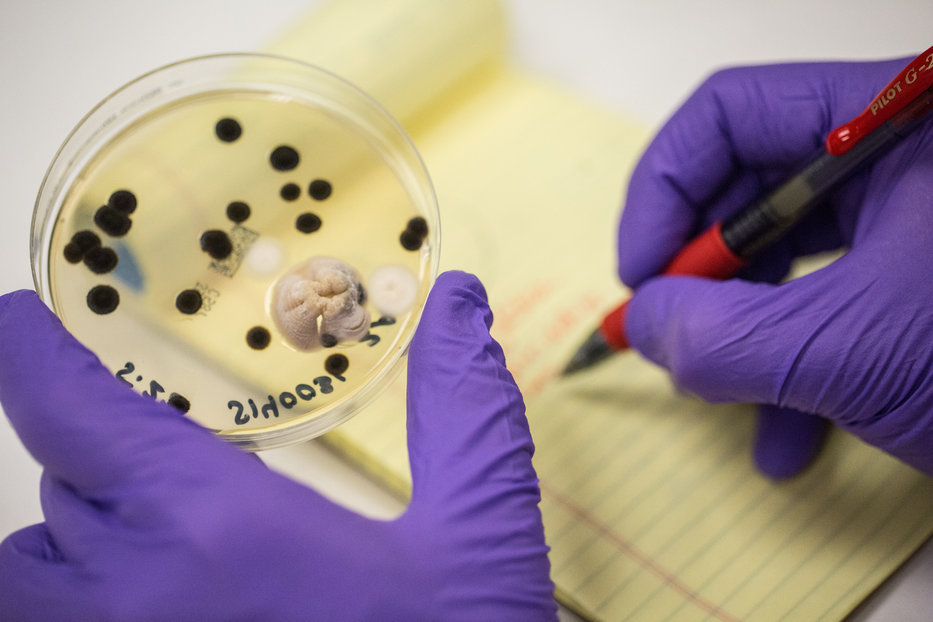



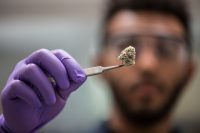







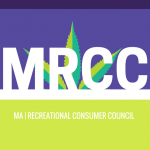
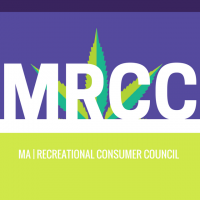






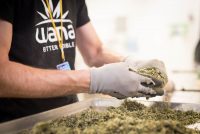


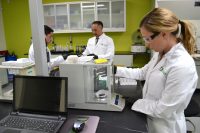 According to Susan Bunce, president of DB Labs, ISO accreditation is one way the cannabis lab space is being standardized. “As the first cannabis-testing laboratory in Nevada, DB Labs has always taken patient safety very seriously and has always tried to raise the bar,” says Bunce. “The world of cannabis testing is often compared to the Wild West: each lab uses state regulations to set their standards, but it leaves a lot of room for subjective interpretations. The ISO accreditation removes the ambiguity and guarantees a consistent level of testing to users. We are proud to be a part of that.”
According to Susan Bunce, president of DB Labs, ISO accreditation is one way the cannabis lab space is being standardized. “As the first cannabis-testing laboratory in Nevada, DB Labs has always taken patient safety very seriously and has always tried to raise the bar,” says Bunce. “The world of cannabis testing is often compared to the Wild West: each lab uses state regulations to set their standards, but it leaves a lot of room for subjective interpretations. The ISO accreditation removes the ambiguity and guarantees a consistent level of testing to users. We are proud to be a part of that.”